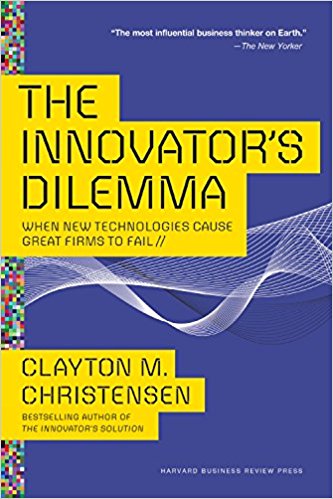
Posted on May 17, 2024
The Innovator’s Dilemma, by Clayton Christensen
The Innovator’s Dilemma: When new technologies cause great firms to fail, by Clayton Christensen
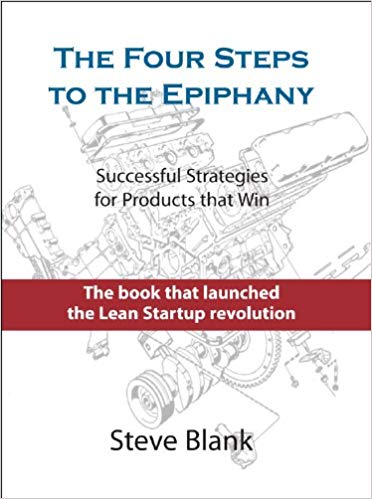
Posted on May 17, 2024
The four steps to the epiphany, by Steve Blank
The four steps to the epiphany: successful strategies for products that win by Steve Blank
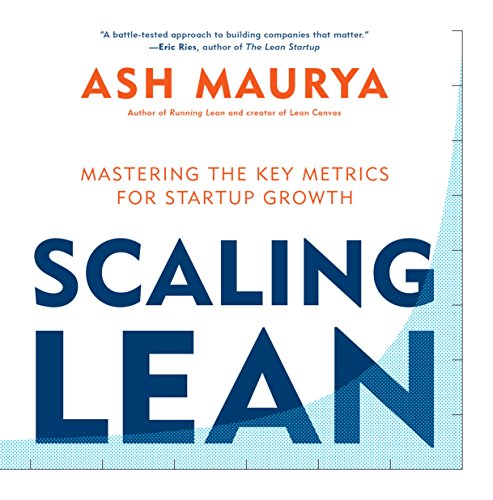
Posted on May 17, 2024
Scaling Lean, by Ash Maurya
Scaling Lean: Mastering the key metrics for startup growth by Ash Maurya
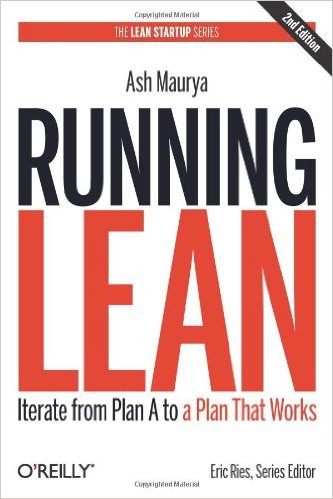
Posted on May 17, 2024
Running Lean, by Ash Maurya
Running Lean: Iterate from plan a to a plan that works by Maurya Ash
Posted on May 13, 2024
ChatGPT 4o
Ladies and Gentlemen I’m honored to announce that we have all the pieces of the puzzle and we just need to connect them together.
It’s been a long time that I’ve not been fascinated by a product or a company.
But now I am fascinated and stunned by “ChatGPT 4o”. It’s impressive and it shows the future of AI and our lives.
I don’t even need to explain further. It is done and we are there.
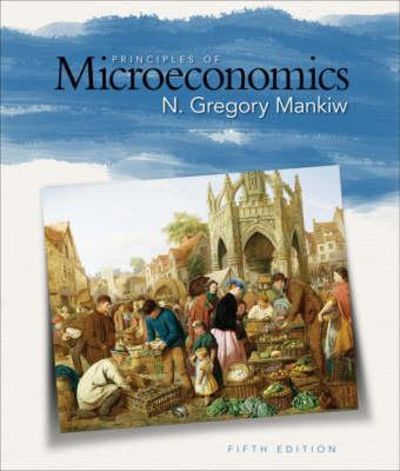
Posted on May 13, 2024
Principles of Microeconomics, By Nicholas Gregory Mankiw
Principles of Microeconomics, By Nicholas Gregory Mankiw An American macroeconomist who is currently the Robert M. Beren Professor of Economics at Harvard University. Mankiw is best known in academia for his work on New Keynesian economics. Mankiw has written widely on economics and economic policy.
In writing this textbook, Mankiw has tried to put himself in the position of someone seeing economics for the first time. The book stands out among all other principle texts by intriguing students to apply an economic way of thinking in their daily lives.
Posted on May 13, 2024
Quote of the Day #13
“If you don’t build your dream, someone else will hire you to help them build theirs.”
–Dhirubhai Ambani, founder, Reliance Industries
Posted on April 10, 2024
Quote of the Day #12
“The only way you are going to have success is to have lots of failures first.”
–Sergey Brin, co-founder, Google
Posted on March 21, 2024
Quote of the Day #11
“Only those who will risk going too far can possibly find out how far one can go.”
– T.S. Eliot, author

Posted on March 19, 2024
“Leaders Vs Managers”
Everyone can be a leader but should they? Even if they are not good at it?
One of the biggest challenges that small companies are facing is trainings for good leaders.
Leadership is a skill that managers should be trained for it, management is not just planning and see the possible future through your imaginations; managers should be leaders as well.
Leadership is about passion and empathy.
When we get promoted for our performance in our role to a manager, we might have some new tasks but our most important task is help people who are under our responsibility do their bests and grow.
The first trap you might get in to in this kind of management job is noticing people’s performance. You were good at your job and that was the reason to get promoted, so you will notice people are doing things wrong in your previous role. The trap is do not engage yourself to handle the problem. If you get to the trap you will the the MicroManager and now people know you as a bad and abusive manager.
The short solution is trust people and help them to learn by doing it again and again. Let them do mistakes.
The difference between a leader and a manager is revealed here. Serving your people to grow and do their bests and planning and admin managing is the side hustle.
Let the product and customer service be their responsibilities as it was yours before. Early managers may learn this by the hard way, management is half management of people and the other half the management of things.
#management
#leadership
#business
#organizationalbehavior
#organizationalbahaviour
#orgb
